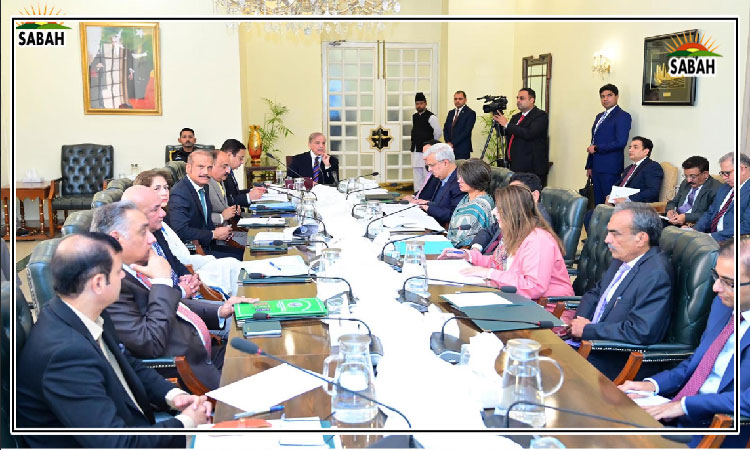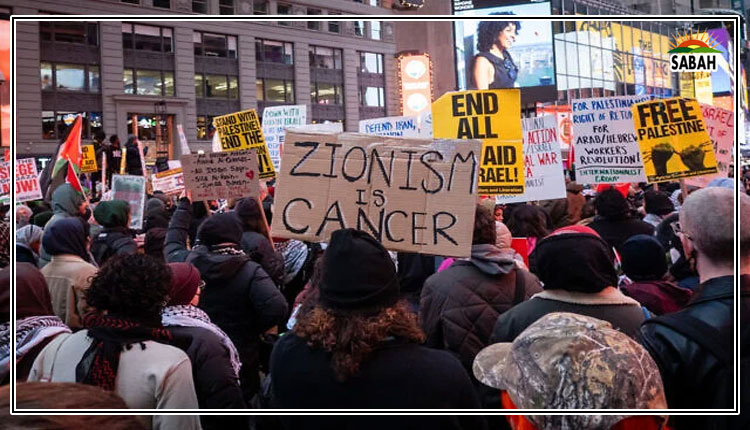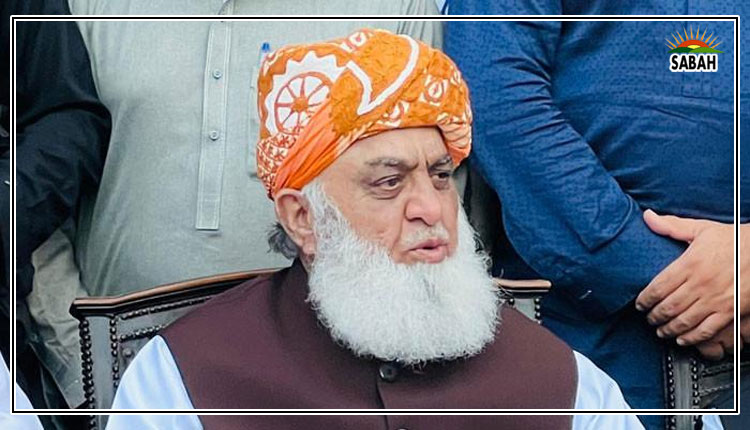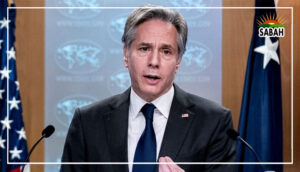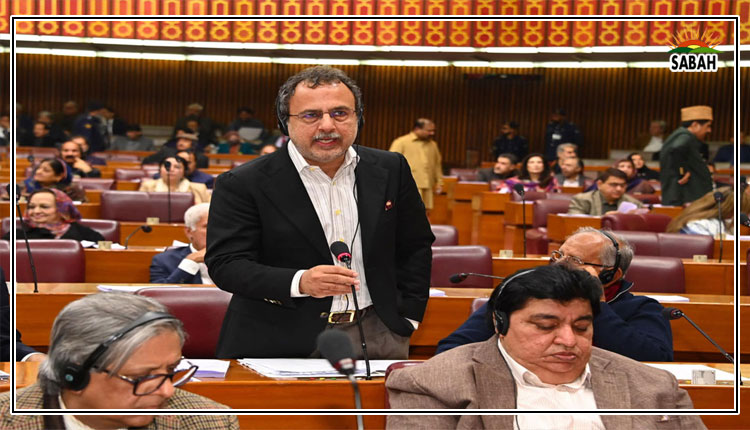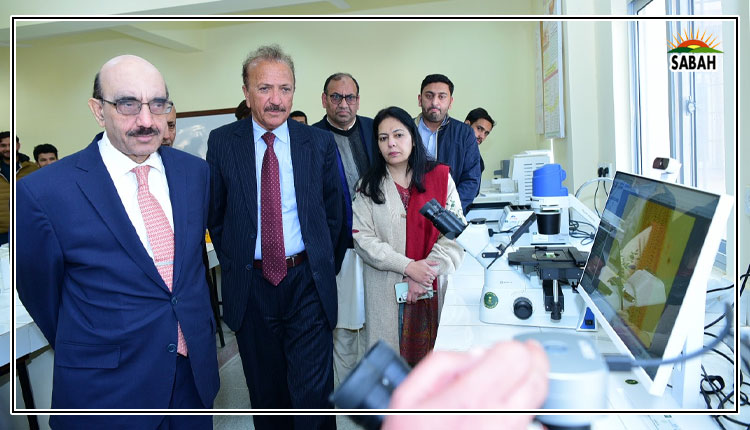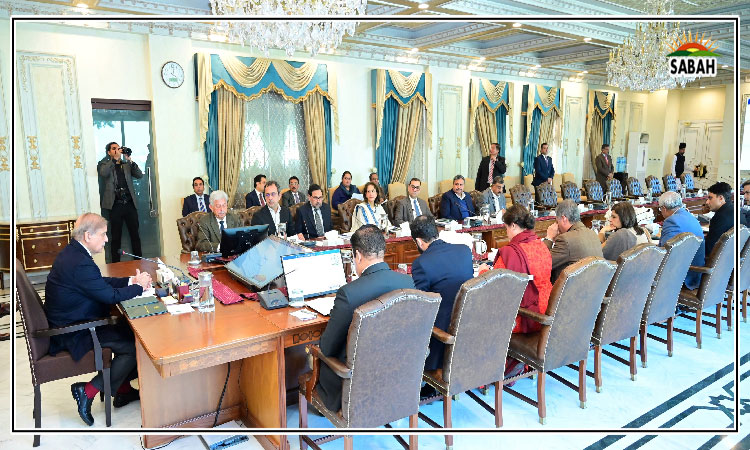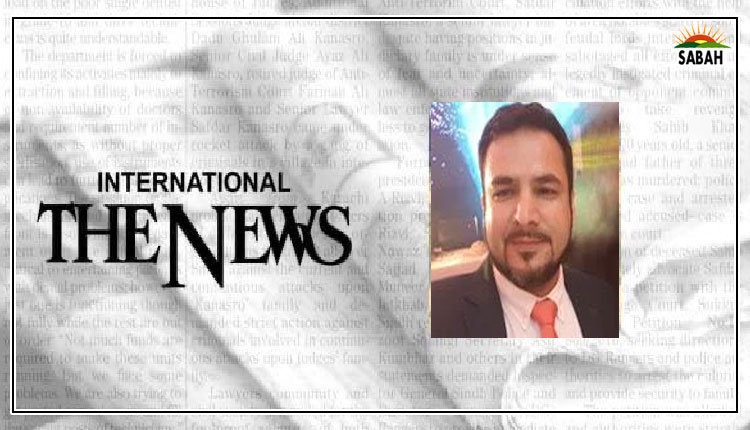An unexpected beneficiary…Dr Khalid Jarral
Pakistans linkages with Iran and Saudi Arabia span across a complex set of cultural, religious, economic and security ties.
Over the last few decades, tensions between Iran and Saudi Arabia have proved to have many ramifications for Pakistan, including interruption or suspension of economic cooperation and a spillover of security threats. The recent Iran-Saudi Arabia rapprochement has, however, turned the tide.
In the wake of Chinas strategic partnerships with Iran and Saudi Arabia and the Iran-Saudi rapprochement, the geostrategic and geopolitical dynamics of the region surrounding Pakistan are changing rapidly. These changes dictate that to secure its particular and wider interests, Pakistan must develop its strategy of economic diplomacy on the basis of its geographic, demographic, and political strengths and in keeping with its sui generis environment.
The ongoing policy shifts in Riyadh and Tehran coincide with Islamabads re-orientating foreign policy post-PTI government. On the one hand, these shifts have eased the pressure on Pakistan against the revival of several dormant propositions of economic cooperation with Iran; on the other, Pakistan with its policy adjustments and proactive diplomacy has paved the way for foreign direct investment (FDI) from Saudi Arabia and other Gulf countries.
At the regional level, the re-arrangements have unlocked new strategic economic opportunities for Pakistan by broadening the scope of regional connectivity under the Belt and Road Initiative (BRI).
While Chinas strategic partnerships with Iran and Saudi Arabia, together with its development-led approach to conflict resolution, offer shared common interests that bind these two countries together, they will also contribute to the success and sustainability of their reconciliation.
By the same token, Chinas strategic partnership diplomacy defines Pakistans position as a pivotal state with a foothold on the surrounding countries and unlocks opportunities of economic cooperation between each of these cooperating states.
As a repercussion of its strategic partnership with China and the China Pakistan Economic Corridor (CPEC) in 2015, Pakistan attracted the displeasure of the US and lost most of the political and military support it had from the US and its allies. As a result, Pakistan faced isolation on multilateral forums and threats of the FATF sanctions, which reflected badly on its economy.
Although Pakistans economy was rescued by the IMF, the debt sustainability conditions of the IMF programme hampered further borrowing from China which resulted in a halt to investment in the CPEC projects. In the midst of the ongoing Sino-American strategic competition, Pakistan has recently made several policy adjustments to get out of this conundrum.
As Pakistan struggles to achieve a balance in its relations with the US and China, a sustained Iran-Saudi Arabia rapprochement will enhance regional stability and help dilute, to some extent, the American pressure on Pakistan. This implies that stalled projects such as the Iran-Pakistan gas pipeline and Chahbahar port development would now be less prone to American influence and more aligned to Chinas strategic development agenda in the region.
These readjustments also indicate a shrinking role for US-aligned India in Irans strategic projects and greater diplomatic space for Pakistan offsetting the US sanctions against Iran.
Iran-Saudi Arabia cooperation is thus creating an enabling environment for Pakistan to step up its efforts for the enhancement of regional trade and investment and cutting reliance on its traditional partners. Beyond the region, these developments will help Pakistan beef up its drive for greater international participation in its strategic economic projects, including CPEC.
A deeper engagement of Afghanistan as a stakeholder in the strategic economic initiatives in the region will aid China and Pakistans joint efforts to restore peace in Afghanistan and help prevent the spill over of security threats from its soil.
Chinas strategic alignment with Iran and Saudi Arabia has enhanced the prospects for the participation of these countries in CPEC as investment partners. It has strengthened Pakistans hopes for Saudi investment in the proposed oil refinery in Gwadar. This proposal was shelved in 2020 due to political and financial reasons. In terms of security, Iran-Saudi Arabia de-escalation will help Pakistan put an end to conflict on its own soil.
Over the years, Pakistan has stretched out the scope of its defence diplomacy to the domain of the economy. In doing so, Pakistan has capitalized on the institutional credibility of its military. Successive prime ministers have acknowledged and admired the good offices of the army chief for fetching investment and brokering economic relief packages from countries such as Saudi Arabia, the UAE and Qatar. The military chief has also played a role in the Karkey dispute resolution and securing American support for IMF loans to Pakistan. In the context of Pakistans identity as a constitutional democracy, however, it has led to much debate.
The Pakistani military leadership also achieved similar alignment with the international community, including China, primarily in the field of security, during the Afghanistan war (1980s) and the subsequent war on terror.
Notwithstanding the criticism as to the propriety or novelty of such initiatives, the Pakistani parliament has mandated the military leadership to take roles as agents of the state. This has been done by expanding the scope of the Pakistan Army Act, 1952 by way of the Pakistan Army Act (Amendment) Bill 2023.
Pakistan also appears to be pursuing a strategy which seeks to build on the potential of its defence diplomacy to cash in on the investment opportunities open for Pakistan in the scenario developing after the Iran-Saudi rapprochement. The outgoing PM assigned the army chief, together with the then federal ministers and provincial chief ministers, a leading role in the Special Investment Facilitation Council (SIFC). The council has a mandate to attract investment from the Gulf States in the defence, agriculture, mineral, IT and energy sectors.
The SIFC will serve to strengthen and expand the model of Pakistans defence diplomacy, which now has legislative backing. Besides, the economic revival plan of the SIFC will ensure continuity of investment policies and initiatives for the duration of the upcoming caretaker government.
The success of these models and strategies, however, will depend on Pakistans ability to transfer the benefits of the FDI to its citizens and the extent to which these initiatives contribute towards Pakistans achievement of the UN Sustainable Development Goals (SDGs).
As for trade, even though it has a Preferential Trade Agreement (2004) with Iran and a documented demand for Iranian goods, Pakistans actual goods trade and energy imports from Iran remain much lower than their potential trade. Unregulated border trade, security threats, the US sanctions on Iran, and the political fallout of Iran-Saudi Arabia disputes are well known reasons behind this unannounced moratorium (until recently). For similar reasons, the Pakistani side of the Iran-Pakistan gas pipeline project has remained suspended for over a decade.
Responding to the recent geopolitical and strategic readjustments in the region, Pakistan has now proceeded to strengthen its strategic economic cooperation with Iran, resuming efforts for the enhancement of trade, completion of their dormant bilateral projects, and to attract investment from Iran. As a first step, Pakistan and Iran inaugurated a border market in May 2023 under a 2012 agreement and concluded an energy trade deal for the Iranian electricity supply to Gwadar Port.
The two sides have agreed to enhance bilateral trade to $5 billion and signed the Iran-Pakistan five-year Trade Cooperation Plan 2023-28. This entails the finalization of the Iran-Pakistan free trade agreement to regulate and expand bilateral trade between the two neighbours.
Once effective, this FTA will allow Iranian goods access Pakistani markets and possibly re-export to Chinese markets. The two sides have also reached agreements on strengthening the security and stability of their common border areas a perquisite for sustainable bilateral trade.
Although the Iran-Pakistan gas pipeline project and the FTA in question still remain exposed to external pressure in particular the US sanctions on Iran the restoration and strengthening of Iran-Saudi Arabia relations augurs well for Pakistans energy import, goods trade, and investment. Through these regional economic partnerships, Pakistan can diversify its foreign exchange reserves and cut its reliance on the US dollar.
The views expressed in this article are personal.
Courtesy The News



